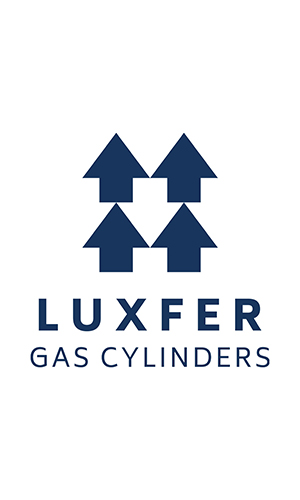US +1800 764 0366 | Europe & Middle East +44 (0)115 980 3800 | Asia-Pacific: +61 2 7227 5369
Statement for UK Diving Industry

ALUMINIUM ALLOY CYLINDERS FOR UNDERWATER BREATHING APPARATUS
Statement for UK Diving Industry – March 2018
1. All Luxfer cylinders manufactured from aluminium alloys AA6351 and HE30/AA6082 and used primarily for gases for underwater breathing apparatus must undergo a thorough visual inspection by a trained, properly qualified inspector and be tested with an eddy-current device, in addition to testing required by the regulatory authority, at the time of periodic inspection and testing. Cylinders manufactured from these alloys are known to be susceptible to sustained-load cracking (SLC). Cylinders to be inspected and tested include those used for SCUBA diving, those that supply breathing air through an umbilical hose and those used to fill SCUBA cylinders. Failure to conduct such inspection and testing could result in serious harm.
2. Luxfer-required eddy-current testing is in addition to any other testing normally done during periodic inspection and testing. Luxfer approves two eddy-current devices, Visual Plus? and Visual Eddy™, for such testing. Periodic inspection and testing of these cylinders should occur at least every five years.
3. For Luxfer underwater breathing apparatus cylinders made from aluminium alloy 6061 (AA6061), Luxfer’s manufacturer’s requirement is that every five years a cylinder be visually inspected by a qualified inspector and also undergo testing required by the regulatory authority. Luxfer does not require eddy-current testing of Luxfer underwater breathing apparatus cylinders made from Luxfer’s proprietary version of AA6061, which is marketed under the trade name Luxfer L6X® or as ‘6061 (a proprietary blend)’. The vast majority of Luxfer aluminium cylinders in service today are made from this alloy, which is not susceptible to SLC.
4. Luxfer does not object to more frequent visual inspection of diving cylinders, typically annually or every 2.5 years, if the diving industry and/or regulatory authorities believe it useful to promote safety. Luxfer has supported such choices of the industry and regulatory authorities in the past and continues to do so.
Posted by Luxfer